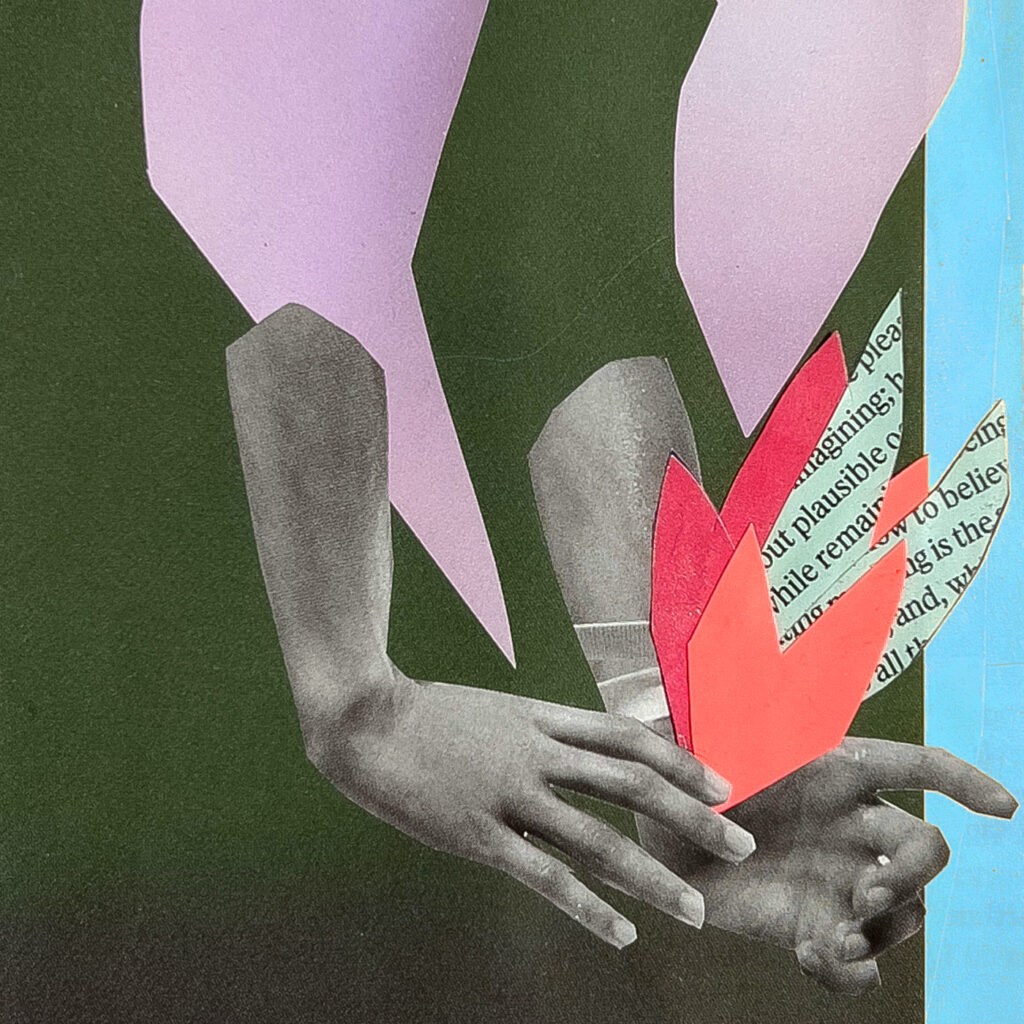I teach at what U.S. News & World Report has declared the top public high school in the state of Maryland. Judging by what our student journalists uncover, you might confuse us for the worst.
Last November, our magazine chronicled decades-long grooming practices of our crew coach. He’d been arrested in August on five counts of sexually abusing a student.
In March, a student op-ed detailed how the school’s annual charity dance was actually a competition to score the most drug-addled hook-ups by the end of the night, with extra points for age gaps.
The school isn’t evil — it’s just examined. I’m an English teacher at Walt Whitman High in Bethesda, MD, and a faculty adviser to our student-run newsmagazine The Black & White. Our staff numbers nearly 90 students. The editors lead a cohort of over 40 reporters publishing hundreds of stories a year. We have graphic designers, photojournalists, business managers, copy editors, and a color commentator in a suit and tie, live-streaming school games through a headset. Controversy is only a small fraction of what we cover.
That our staff is so deep and our work so comprehensive should not be remarkable. Maintaining a large student newspaper should be as basic an idea for educating kids as requiring algebra. Student media programs promote sound thinking, clear writing, continuous fact-checking, and lived civics. So why is what we do at Whitman the exception in America’s schools?

With school electives cut, we’ve undervalued the most accessible and effective programs we have for students to engage their communities critically and, if needed, whistleblow as their own fourth estate. Empowering students as journalists now could signal a transformative change in the quality of life for our high schoolers especially — a leap comparable to that of a country without the press suddenly establishing it.
The transition will take guts. Our program’s past drug-dealing exposés were so trenchant that the dealers took stacks of magazines from around the school and threw them out. Some wary members of our community have alleged we’re just a tabloid. Journalism that reveals hard truths is chilling to some, abhorrent to others.
For her coverage of the grooming story, our young reporter carefully and responsibly interviewed a multitude of sexual abuse survivors and delivered her article to a school on edge.
Another reporter dared to write a retrospective on our school system’s handling of abuse allegations, braving the scrutiny of powerful administrators.
One went undercover to investigate fake ID culture, and still another offered a firsthand account of hearing the n-word on the field as a black lacrosse player.
The Black & White reported during decades when the costs of print media included cameras and “press” orders. It was supported by a community who could afford to subscribe, parents who had time to drop off dinner, and possibly some expected civic interest in our neighborhood on the outskirts of D.C.
In public schools, necessary funding for extracurricular resources may come exclusively from sales and fundraisers, or sit behind a bureaucracy that requires educators to front the money themselves. But even a slimmed-down newsroom is better than no student newsroom.
Students, if journalism is in your school’s course catalog, enroll. Parents, demand that the course run. Administrators, commit to offering the course even if enrollment starts low.
Whether a program is new, resurrected, or expanded, communities can demand that schools absorb extracurricular programs into actual classes during the school day to ensure funding from boards of education. The support is more than defensible; journalism develops as many academic skills as other rigorous elective courses.
Shared infrastructure among student-media programs would at once be an efficient and massive upgrade as well. Student-media organizations like Kidizenship have already begun to act as network engineers, synthesizing advisers, editors, and reporters into what founder Amanda Little calls a “super-newspaper.” Professional journalists then join as mentors. A simple retweet from a local reporter makes a student’s day; a formalized program transforms a year.
Shared resources draw in the “real” news outlets, too.
Iconic to the Bethesda community was Montgomery County Maryland’s own The Sentinel, a newspaper founded in 1855.
Its staff quit print altogether in 2020. They now crowdsource much of their remaining content from high school journalists, including Whitman’s. Guess which newspaper covered the local newspaper’s halt of production.
Now a White House reporter for The Washington Post and a New York Times Best-Seller, former Black & White arts editor Yasmeen Abutaleb (‘10) believes that reporting on local news poses unique challenges for student journalists to improve their craft.
“There’s a certain kind of intensity to covering your own community, and it’s a different kind of accountability,” she said. “Covering the government can be big and scary, but when you’re covering your own community, you’re held to a different standard — these are people you know, these are people you interact with every day.”
Another New York Times Best-Seller, former Black & White editor-in-chief Alexandra Robbins (‘94), wrote the definitive book on Whitman, “The Overachievers: The Secret Lives of Driven Kids,” as a means to explore the trade-offs of heated academic competition.
She also told the paper in a 2011 feature for its 50th anniversary, “I have the career I have now because of The Black & White.”
Student journalists will still make mistakes and learn. Ethics lessons remain critical. Cutthroat group chats may find reporters fighting over a story. Friends will nearly part ways over an Oxford comma. What student journalists do is hard, and working with one another, sometimes even more so.
It matters. All of it matters.
Communities’ cached stories await telling if we’re brave enough to ask for them again, and Whitman’s may be among the least shocking.
Put a media program in every school. Within five years, we won’t be the same country.



